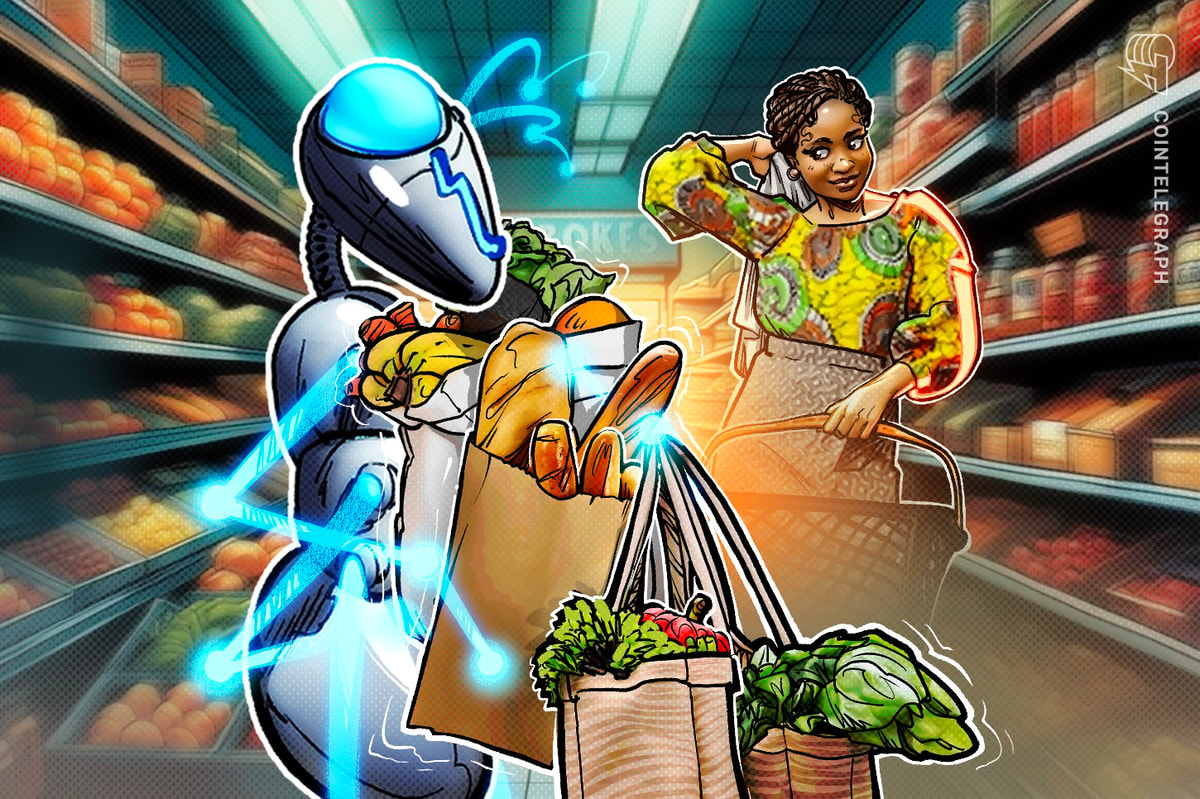Food fraud siphons up to $50 billion from the global food industry every year and endangers public health. When deployed rigorously and realistically,
Food fraud siphons up to $50 billion from the global food industry every year and endangers public health. When deployed rigorously and realistically, blockchain could prevent this shadowy crime.
The problem? It comes with a high price tag. Scalability, cost, interoperability and integration pose significant barriers. Not to mention the privacy concerns, regulatory uncertainty and long path to stakeholder adoption.
But food fraud isn’t going anywhere. As David Carvalho, CEO of Naoris Protocol, observed:
“Most people would be surprised to hear that food fraud is an issue, but it’s a major one, costing the global food industry between $30 billion and $50 billion every year. That’s a small percentage of the sector’s total value — over $12 trillion — but still equivalent to the GDP of a small country like Malta.”
So, what’s to be done? And how can blockchain implementation truly be achieved?
Food fraud bites deeper than we realize
The Food and Agriculture Organization of the United Nations (FAO) outlines that food fraud involves purposefully deceiving customers about the quality or content of the food they buy.
Essentially, it’s the intentional substitution, addition or removal of materials for economic gain.
The typologies of fraud are diverse and sophisticated. These include mislabeling, theft, counterfeiting and dilution.
Real-world examples abound. Melamine has been added to milk in China to falsify protein content. Horsemeat has been sold as beef in Europe. Olive oil is often diluted with cheaper vegetable oils.
The economic toll is staggering. But the actual cost is far higher when accounting for reputational damage, regulatory compliance, legal battles and the erosion of consumer loyalty.
In some cases, the human cost can be far more devastating; the 2008 melamine scandal in China harmed over 300,000 infants.
Temujin Louie, CEO of Wanchain, highlighted the vicious cycle created by food fraud:
“An incident of fraud leads to a health scare, which erodes consumer trust. This diminished trust can translate into reduced sales for the implicated brand and the broader product category, thereby economically harming legitimate businesses.”
The damage is not calculated as the sum of individual losses. It should be calculated as a systemic weakening of the food industry’s foundation.
Cracks in the supply chain let food fraud fester
The complexity and opacity of global supply chains create fertile ground for fraud. The cold chain is particularly vulnerable.
Failures in cold chain logistics can lead to spoilage. These failures allow fraudsters to misrepresent storage conditions or sell compromised goods as fresh.
Fraud is not limited to high-profile cases or luxury goods. Dairy, spices, seafood, organic products, honey and fruit juices are frequent targets.
Carvalho added that fragmented data systems are a major Achilles’ heel:
“Many companies maintain their own internal tracking systems, but these often lack interoperability with their suppliers or customers. This results in ‘information islands’ preventing a holistic, end-to-end view of the supply chain.”
Fraudulent products enter and move through the system undetected without shared, reliable data.
Blockchain bites back
Blockchain technology can serve as an antidote to this growing crisis. Yet Louie cautioned that attempts in blockchain-based accountancy have had their share of challenges.
“In the 10+ years since Ethereum launched, we’ve yet to witness any true disruption,” Louie warned. “One reason why the promise of blockchains in supply chains has been largely unfulfilled is that early adopters were guilty of oversimplifying the problem.”
Blockchain technology’s core principles can create a more transparent and trustworthy system. Decentralization ensures that no single entity controls the data. And immutability guarantees that once data is recorded, it cannot be altered or deleted.
Related: A Bitcoiner’s guide to South Africa’s Garden Route
The benefits don’t end there. Selective transparency enables sharing relevant information with authorized stakeholders without exposing sensitive commercial data. Meanwhile, smart contracts can automate processes and enforce agreements.
Ultimately, cryptography ensures the integrity and security of the ledger. And to take it even further, integrating Internet-of-Things sensors with blockchain creates an immutable audit trail of environmental conditions, crucial for cold chain integrity.
Real-world implementations are beginning to bear fruit. In collaboration with IBM, Walmart uses Hyperledger Fabric to trace pork in China and mangos in the US, reducing trace times from days to seconds. TE-Food and Provenance offer blockchain-based traceability solutions that improve food safety and…
cointelegraph.com
